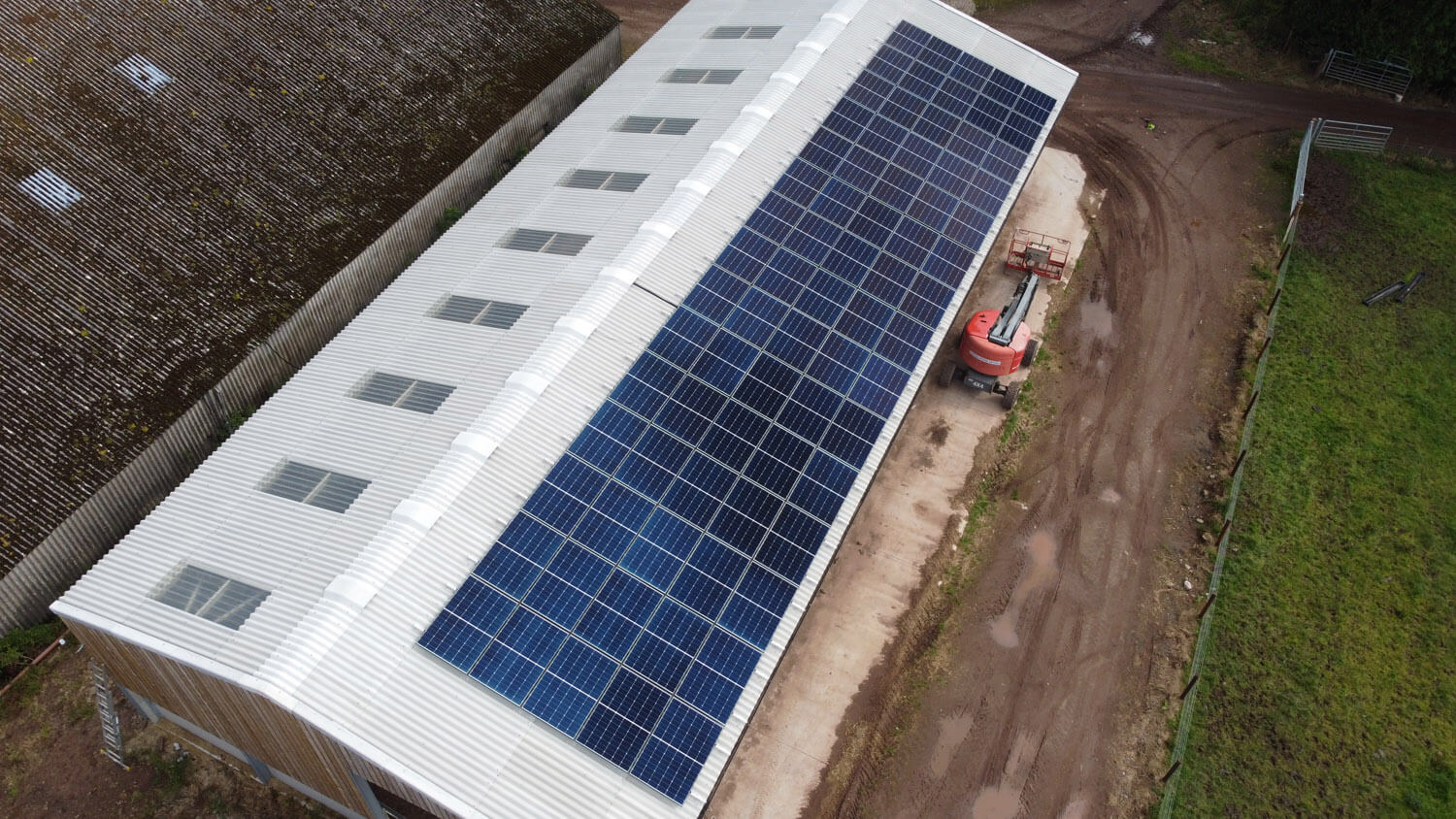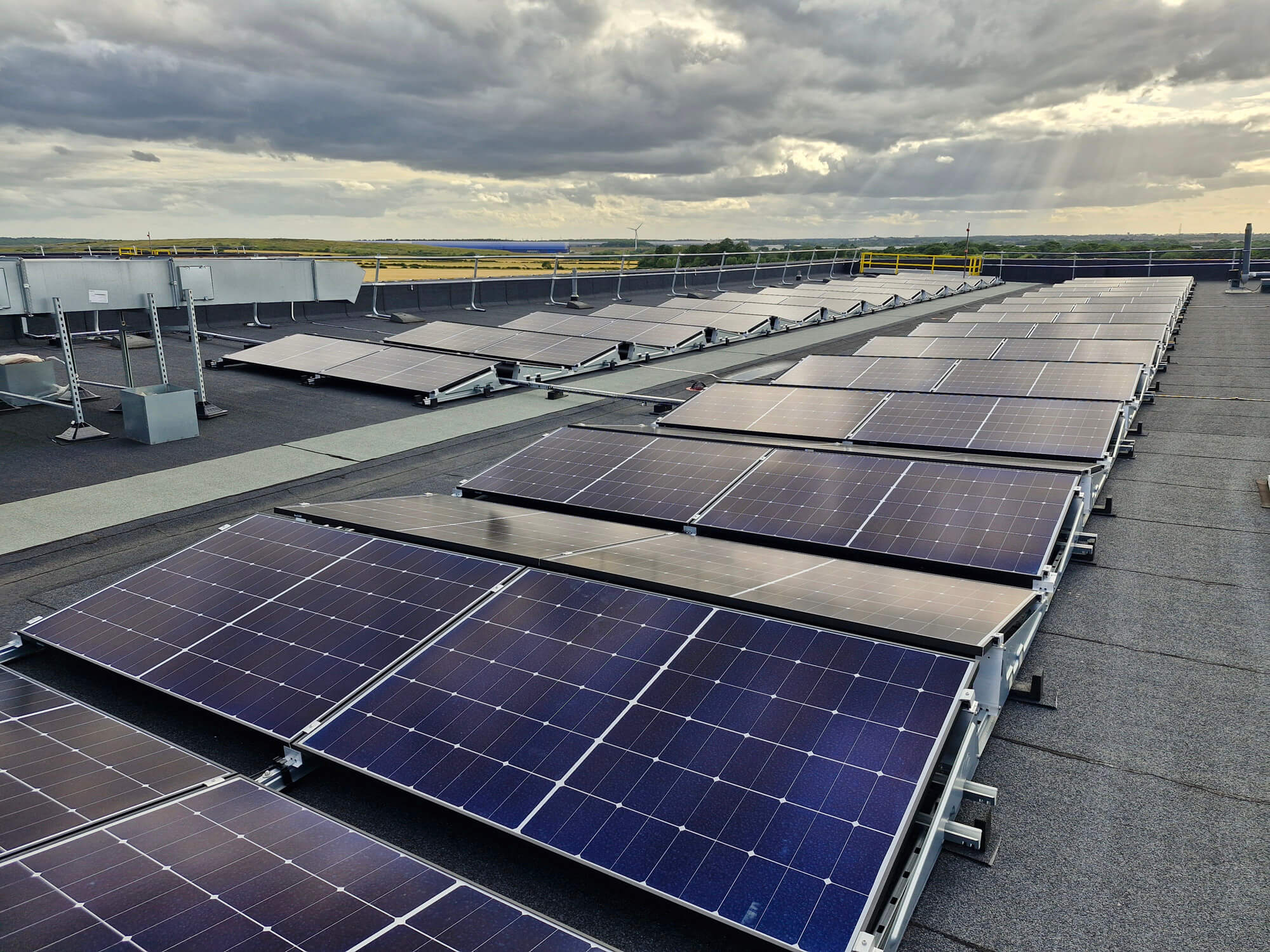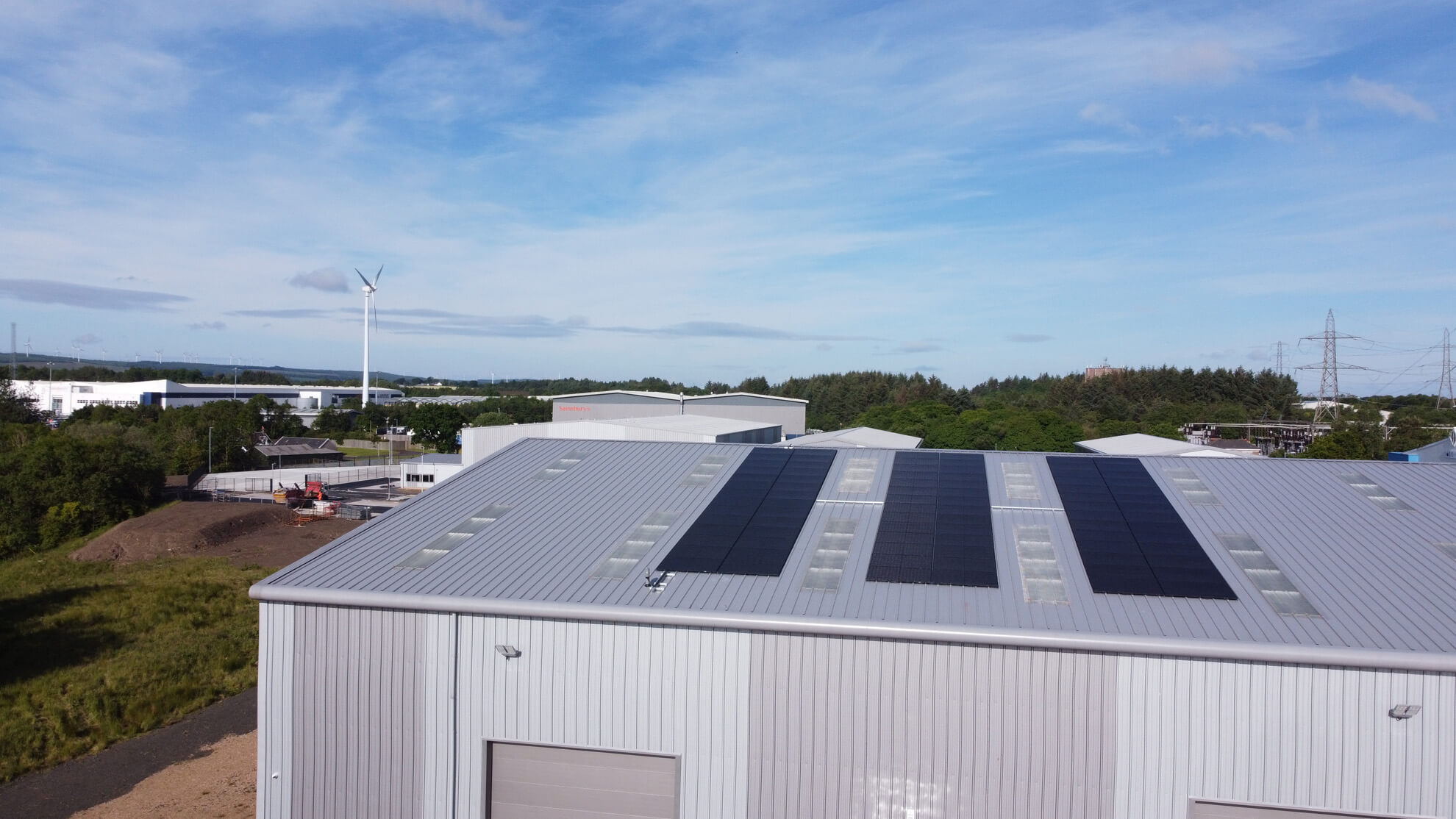Installing Solar Panels on Listed Buildings
Harnessing Solar Power on Listed Buildings in the UK
In the pursuit of sustainable energy solutions, the United Kingdom stands at the forefront, constantly seeking innovative ways to reduce carbon emissions and combat climate change. And solar panels are proving to be the best real world green energy solution to be fitted on buildings. However, when it comes to listed buildings—those officially recognised for their historical or architectural significance—installing solar panels can present unique challenges and opportunities. And with quite a number of listed buildings across the UK, it is something that many businesses have had to tackle as they look to fit solar panels for their business needs.
Preserving the Past, Powering the Future
Listed buildings are cherished for their cultural and historical significance, embodying the architectural heritage of the nation. From Victorian buildings in the heart of Edinburgh to Georgian Townhouses, these structures provide a window into the past, serving as a testament to the craftsmanship and design of bygone eras in Scotland and England. Yet, as the world faces the pressing need to transition to renewable energy sources, even these venerable edifices are not exempt from the call to action.
Solar panels offer a sustainable solution, harnessing the power of daylight to generate electricity without emitting greenhouse gases. Their installation on listed buildings presents an opportunity to marry tradition with innovation, preserving the past while paving the way for a cleaner, greener future. However, such endeavours must navigate a landscape marked by regulatory complexities and architectural sensitivities. Something that we can help you with.
Navigating Regulatory Complexities
The installation of solar panels on listed buildings is subject to stringent regulations aimed at safeguarding their historic fabric. In the UK, the planning process for such projects falls under the purview of local authorities and heritage organisations, ensuring that any alterations are sympathetic to the building’s character and significance.
One crucial consideration is the visual impact of solar panels on the building’s façade. Traditional photovoltaic arrays, with their conspicuous black panels, may clash with the aesthetic integrity of historic structures. To address this concern, advances in solar technology offer more discreet options, such as integrated solar panels that blend more seamlessly with existing roofing materials.
Moreover, planners must assess the structural implications of installing solar panels on listed buildings, ensuring that the addition does not compromise the integrity of the structure or cause harm to historic fabric. This can be identified as part of structural surveys that can devise bespoke solutions that balance energy efficiency with heritage preservation.
Community Engagement and Public Perception
Engaging with the local community is paramount when embarking on solar panel installations on listed buildings. Public consultation ensures people have a voice in the decision-making process and fosters a sense of ownership and stewardship over shared heritage. By transparently communicating the benefits of renewable energy and soliciting feedback, project proponents can build consensus and mitigate potential opposition.
A Case for Sustainable Heritage
In the UK, the imperative to address climate change intersects with a deep-seated commitment to preserving the nation’s architectural legacy. The installation of solar panels on listed buildings represents a tangible manifestation of this dual mandate, demonstrating that sustainability and heritage conservation are not mutually exclusive but rather complementary objectives.
As technological advancements continue to drive innovation in renewable energy, the integration of solar panels into historic structures will become increasingly seamless and unobtrusive. By embracing these opportunities, the UK can lead by example, showcasing the harmonious coexistence of tradition and progress in the built environment.
Installing solar panels on listed buildings in the UK is a multifaceted endeavour that requires careful navigation of regulatory frameworks, community engagement, and technological innovation. But at Low Energy Services, we can help you every step of the way. By approaching these projects with sensitivity and foresight, we can preserve our architectural heritage while embracing the promise of a sustainable future powered by clean energy.
Solar panels for business can save your company money on their energy bills while presenting opportunities to sell surplus power back to the national grid and giving your business financial stability in the ever chaotic energy market. At Low Energy Services, we are a leading commercial solar panel installer covering Scotland and the North of England. We have worked with commercial businesses big and small ranging from office building solar panel installs to multi site systems for well known fast food chains. And of course we have done our fair share of installations on listed buildings right in the heart of busy city centres.
If you would like to know more about the benefits of solar power and how we can fit solar panels to your listed building, please get in touch and we can discuss the entire process start to finish with you.






 Renewable Energy Specialists
Renewable Energy Specialists










